When most people think of Taipei’s COMPUTEX exhibition, the first images that come to mind are business and entertainment applications. However, many products at the 2019 show actually targeted educational institutions, with offerings ranging from VR/AR devices to extremely high-zoom digital microscopes.
Trending digital and flipped classrooms have made education an influential driver in the tech sphere. In fact, according to a study by Infoholic Research, the market for classroom technology is projected to maintain a CAGR of 15.4 percent from now through 2024.
Proof of that growth was on display at COMPUTEX. Therefore, let’s take a look at the trends in EduTech that stood out from the crowded field of exhibitors at Nangang Exhibition Center.
Engagement Is Key
Modern students are bombarded with advanced forms of entertainment that are rapidly becoming more and more scintillating. Educators are quickly finding out that traditional learning methods just can’t keep up.
Accordingly, COMPUTEX featured educational solutions that utilize engaging tech, including robotics and virtual/augmented reality. Here are a few examples:
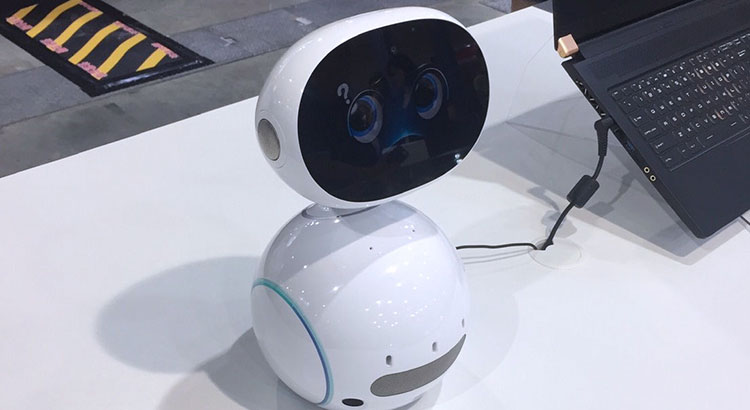
This little Asus Zenbo Junior may look confused, but it’s actually a useful tool for teaching K-12 learners about coding and artificial intelligence.
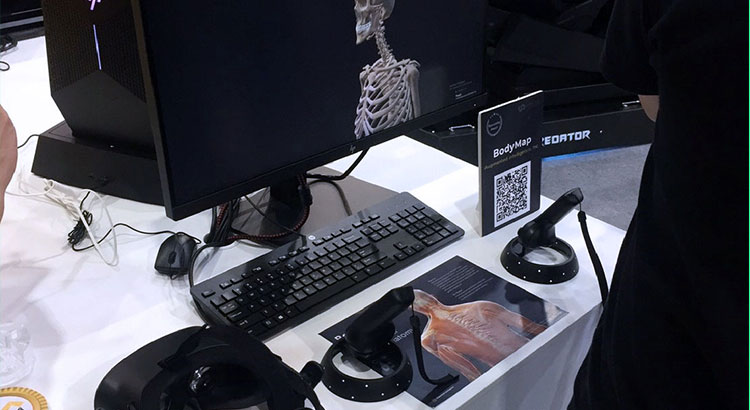
Augmented Reality Inc.’s BodyMap is a virtual-reality system takes students inside a highly detailed 3D map of the human body. Learners and researchers can use BodyMap to view anatomy from new angles and gain a better understanding of how we’re put together.
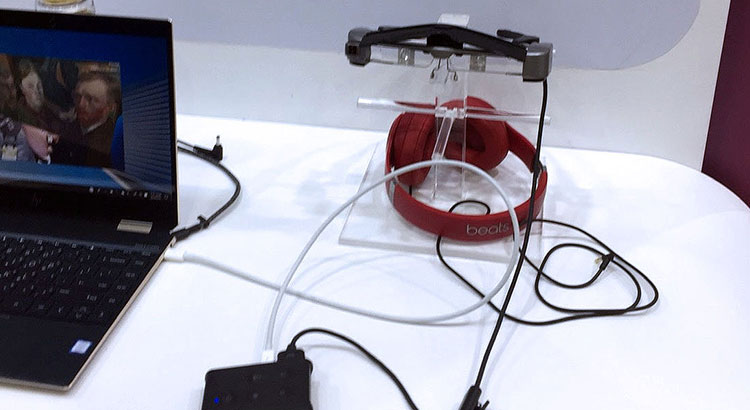
These smart glasses from AR Planet deliver an augmented reality experience for museums, which can effectively reanimate dusty old history to engage young learners. When I put them on and looked at a painting, the subject of the artwork came to life to tell me more about the piece.
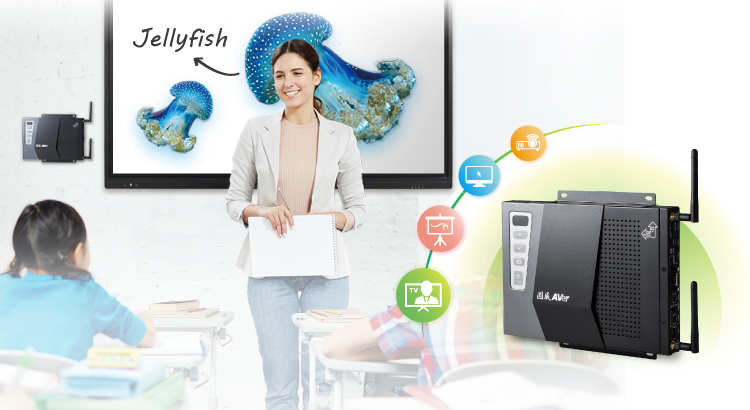
Here at AVer, we’re also deeply committed to engaging learning. We recently developed the CP3-B Collaboration Box, which connects classroom devices to allow easy, seamless sharing from student and teacher tablets to any monitor or projector. Such capability allows students to use the devices they’re glued to as conduits for learning.
Examples like these are exciting signs of amazing things to come in the realm of education technology. With so much engagement injected into lesson plans, teachers may have a hard time getting kids out of the classroom for recess in the near future.
Education Is for Everyone
Another display that caught my eye featured a local-networking solution for schools in rural areas or undeveloped countries that don’t have reliable access to Wi-Fi. It enables connectivity of student and teacher classroom devices, allowing mobile and flipped learning techniques to flourish anywhere in the world. There is more need for this than you may realize.
Even though internet usage is constantly growing, one recent study found more than 30 countries with less than 20% of their populations on the internet. Therefore, many places in the world could benefit greatly from using this device.
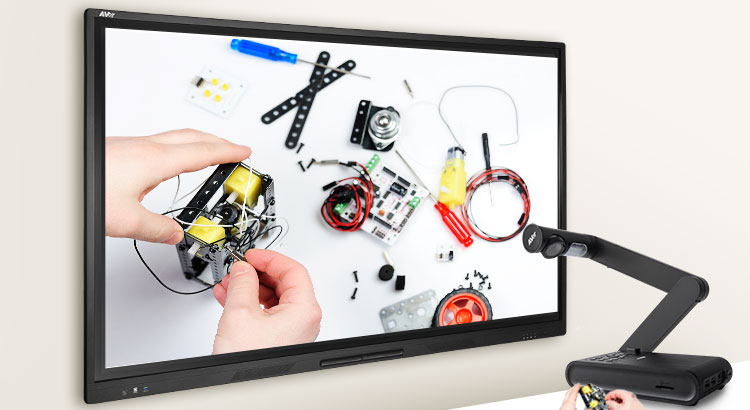
Similarly, AVer visualizers are ideal solutions for schools that don’t have steady internet access. With these versatile cameras, no laptop or Wi-Fi connection is required to project large, highly detailed images of documents or 3D objects.
AI Is for the Classroom
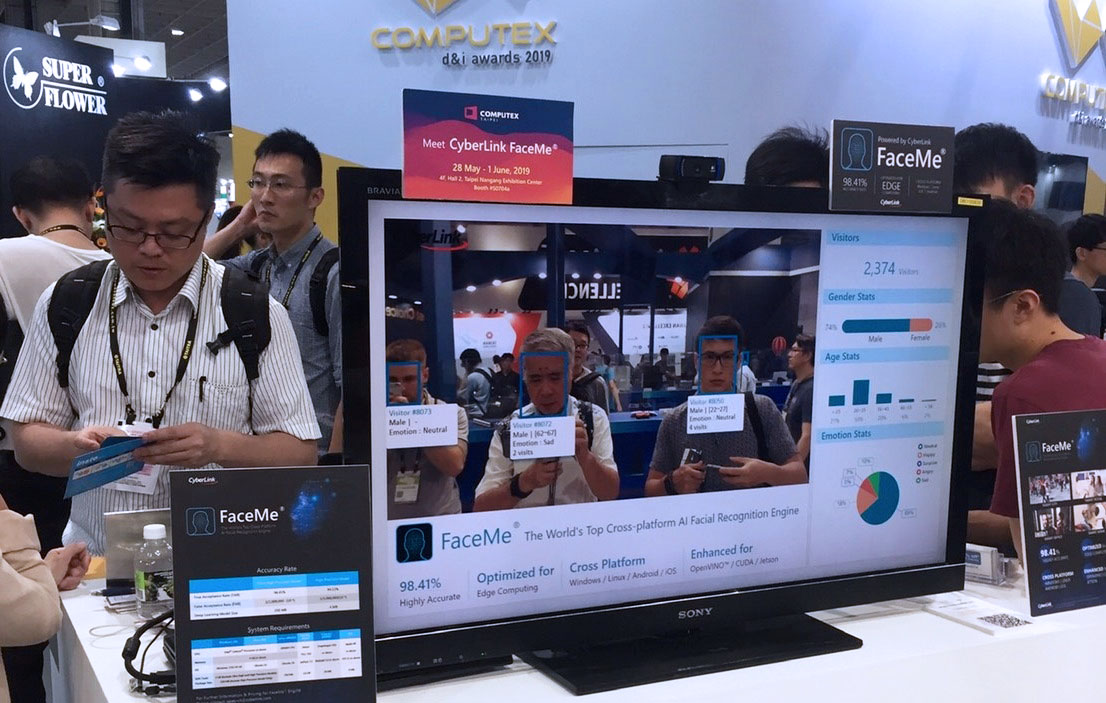
Artificial intelligence innovations also dominated the show floor at COMPUTEX 2019, especially in facial recognition products. Although most were business solutions for smart security and retail, the technological ripple effect easily reaches the classroom.
At least one company at COMPUTEX showed off AI facial recognition technology that eliminates time-consuming roll calls. That may not seem revolutionary, but think again. Taking daily attendance can waste up to 2.5 hours of class time per week, according to Zoe Milne, co-founder of Australian automated roll-marking startup LoopLearn. Again, that number appears relatively insignificant. However, extrapolate it over an entire school year, and you get up to 100 hours. That’s a large chunk of time that could be put to much better use.
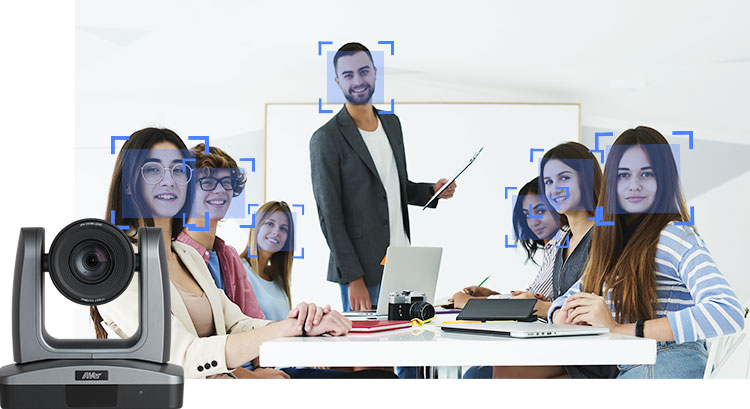
An additional example of AI for the classroom is AVer’s PTC500S Professional Auto Tracking Camera. This innovative solution features various tracking modes that use AI algorithms to follow a lecturer’s every move, delivering a rich eLearning experience. Also, our Professional PTZ Cameras use AI facial detection to automatically set a frame for one or more people and provide basic auto-tracking functionality.
Bring On COMPUTEX 2020
COMPUTEX is always a valuable source of inspiration for everyone who attends. The 2019 iteration was especially insightful for those concerned with the impact of technological progression on the classroom. Although the show is barely over, we’re already anticipating the EduTech advancements that are sure to crop up at the exhibition in 2020.